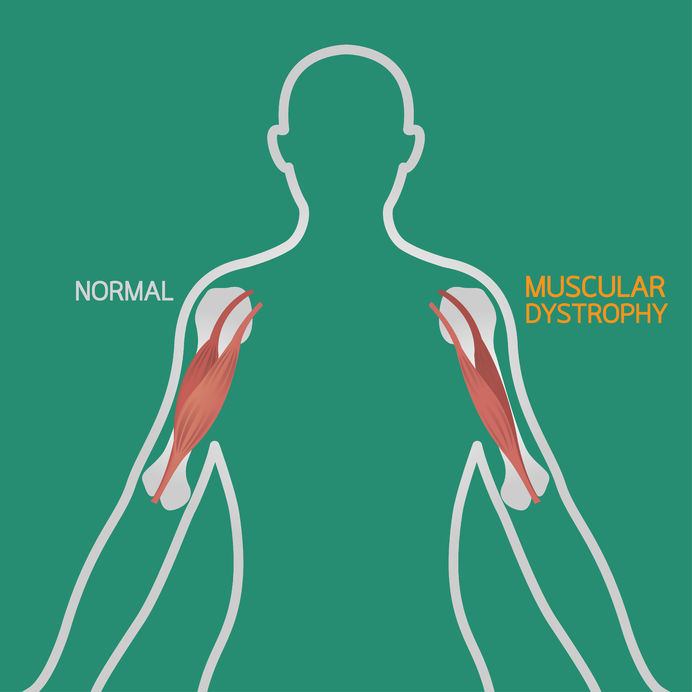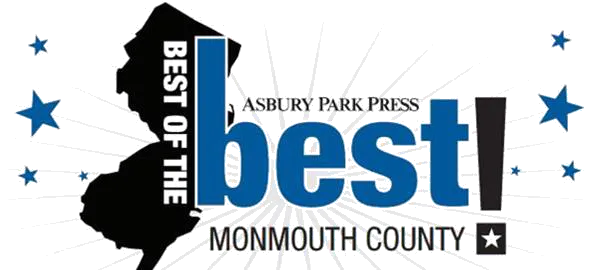 Muscular dystrophy is a group of diseases characterized by progressive loss of muscle and general body weakness. Some forms of muscular dystrophy may appear in childhood or infancy while others may manifest at middle age or later. Muscular dystrophy is a progressive condition that gets worse over time and therefore weakens the muscles leading to a spiral level of disability. The condition affects a specific group of muscles before spreading widely.
Muscular dystrophy is a group of diseases characterized by progressive loss of muscle and general body weakness. Some forms of muscular dystrophy may appear in childhood or infancy while others may manifest at middle age or later. Muscular dystrophy is a progressive condition that gets worse over time and therefore weakens the muscles leading to a spiral level of disability. The condition affects a specific group of muscles before spreading widely.
The neuromuscular disorder may eventually affect the muscles used for breathing, causing a life-threatening condition. This article looks at what is muscular dystrophy and the way muscle therapy helps.
Causes of Muscular Dystrophy
Muscular dystrophy is caused by mutations or changes in the genes that are responsible for the structure and functioning of body muscles. The changes in muscle fibers affect the function of muscles, which causes progressive disability. These genes are usually inherited meaning that a child may develop muscular dystrophy because of gene defects from their biological parents.
If you have a family history of neuromuscular disorders, you may be referred for genetic testing and counseling to evaluate your risk of developing muscular dystrophy. Your blood is tested for genetic markers or enzymes released by the damaged muscles to diagnose your condition.
Types of Muscular Dystrophy
- Duchenne
This form of muscular dystrophy is common in children and only affects males. A kid suffering from Duchenne may experience a decrease in muscle size that tends to grow weaker over time. The spine, legs, and arms become deformed. Heart problems and severe breathing leading to ultimate demise mark the later stages of Duchenne.
- Myotonic
Steinert’s disease or myotonic is a form of muscular dystrophy common in adults and affects both men and women. It is used to refer to myotonia, a symptom characterized by stiffening of muscles after use or prolonged spasm. Myotonic gets worse in cold temperatures and may lead to decreased life expectancy.
- Limb-Girdle
Limb-girdle muscular dystrophy starts in the hips and causes progressive weakness to the shoulders, arms, and legs. An individual suffering from limb-girdle may find it difficult or impossible to walk from middle age to late adulthood.
- Becker
This type of neuromuscular disorder is quite similar to Duchenne but has milder symptoms. The severity of this disease may vary depending on the symptoms. Although it causes heart problems, an individual with Becker can live further into adulthood with proper care.
- Congenital
Congenital muscular dystrophy causes muscles weakness at birth along with shrinking or shortening of muscles. This causes joint problems in the first few months after birth and can lead to seizures and brain abnormalities.
- Distal
This form of neuromuscular disorder causes wasting of the distal muscles and general weakness. It spreads slowly compared to other forms of muscular dystrophy, as it affects the hands, forearms, lower legs and feet.
How Does Muscle Therapy Help?
Although muscular dystrophy has no cure, there is a wide range of treatments that can help with the problems or physical disabilities that may develop. Some of the ways used to manage muscular dystrophy include muscle therapy mobility assistance, medication, surgery, and support groups. Medications improve muscle strength while surgery is used to correct postural deformities.
Muscle therapy can help maintain flexible and strong muscles in individuals with muscular dystrophy. A physician may also recommend a combination of stretching exercises and physical activity to strengthen the body muscles. Muscular therapy is considered a mainstream treatment option that helps to relieve tension, stress, anxiety and increase blood circulation in the body. The primary goal of a physical therapist is to minimize the symptoms of scoliosis or contractures by providing exercises that allow greater motion in the joints. It emphasizes mobility and strengthening of large muscle groups to help with muscular dystrophy.
It also blocks pain signals within the musculoskeletal system to ease low back pain and other underlying medical issues. Muscle therapy causes physiological changes in your body to help with pain relief and normal functioning of the muscles. It relaxes the muscle tissue, which reduces nerve compression and painful contractions caused by muscular dystrophy.
Muscular dystrophy causes general body weakness and wasting away of muscles. This may lead to loss of strength and restricted mobility. Administering muscle therapy at an early age can help minimize the symptoms of muscular dystrophy, as it strengthens the muscles through a combination of spinal manipulation and stretching exercises. However, corrective surgery may be necessary if the physical problems caused by muscular dystrophy do not improve with muscular therapy.

